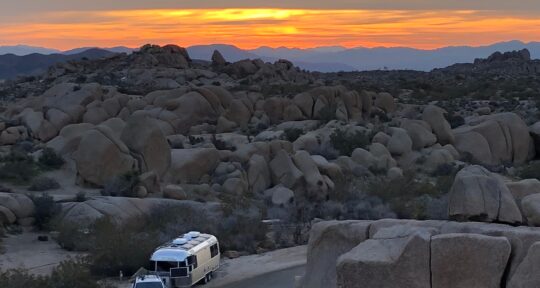Heading out on Steve Brusatte’s ultimate fossil road trip? Here is some essential gear you’ll need to successfully complete the journey—items you’ll find in Steve’s backpack when he’s out in the field.

Rock pick
An Estwing rock pick, with one flat end for hammering and a pointed end for breaking rocks, is a must for clearing rocks in order to free the fossils within. But remember fossils can be fragile, so don’t go all Thor’s Hammer on them.

Cold chisel
For the toughest rocks, a simple hammer won’t do. You’ll need cold chisels to split the layers between the rocks, which is often where the best fossils are hiding. Same as with the rock pick, spare the furious blows for your kickboxing class; you can be forceful and precise without going full Manny Pacquiao.



Water bottle, hat, and sunscreen
Fossil hunters usually spend all day in the hot sun, and it’s easy to forget about the essentials while your mind is over-excited daydreaming about your next discovery. So, protect yourself from sunburns, dehydration, and heat exhaustion with these basics. I recommend a sturdy water bottle, a lightweight but wide sun hat, and high-quality sunscreen.



Ziploc bags, tissue paper, and Sharpie pens
When you find a fossil, you need to protect it, label it, and store it. Fancy equipment isn’t needed for collecting and protecting your fossils. Specifically, you'll need Ziploc bags, tissue paper, and Sharpie pens. Sure, these aren’t as brawny as the pick and chisel above—and certainly less rewarding to wield. Regardless, they’re still essential for fossil hunting.

Hiking boots
Make sure you have the right footwear for long days of hiking, clamoring up rocks, and bushwhacking through quarries. Sandals or flimsy sneakers won’t cut it. I recommend at least a mid-height boot. Ideally, you’d want a high-top boot for full ankle protection. This will protect you from injuries but also from exposure to ankle-height wildlife.

Notebook
All good scientists take detailed notes whenever they find a fossil. Be it information on the fossil itself, a sketch, or details of exactly where it was found. Detailed notes help you—and others— relocate the spot, so can be revisited in the future. Here, I recommend investing in a good notebook that can withstand the rain and dust.







